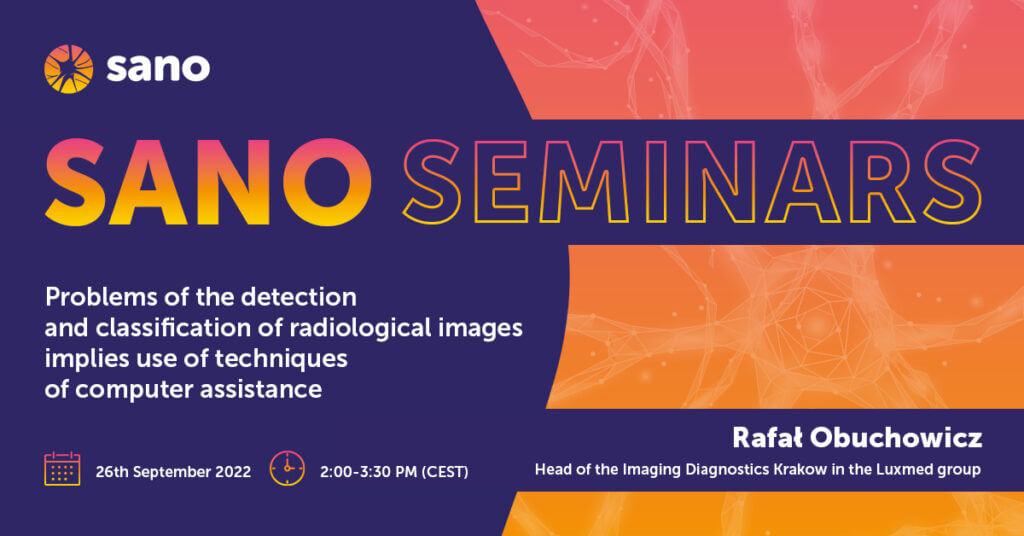Disproportion in the population of diagnostic imaging specialists and newly installed MR and TK scanners resulted in overproduction of imaging data material what can not be served by radiologists on time. This disproportion and growing demand for radiological opinions makes system inefficient. Three major steps of radiological study can be highlighted: detection, recognition and description. All theses steps are demanding and complex processes what might be assisted by nowadays computer based algorithms. Image detection relies on border definition, and tissue contrast recognition can be supported by textural analysis. Analysis both of histogram deviation and spatial variation of the pixel intensities increases detection of low contrast and blurred objects. This approach was examined and their usefulness was proven in experimental settings.
Image recognition as a task can be supported by artificial intelligence based on deep learning networks with use of supervised learning. Input of defined shapes and feedback on different stages of learning process with predicted outcome is effective if sufficiently large datasets are used. However input data preparation relies of radiologists expertise. This demanding step can be supported with classical methods as textural analysis used for extraction and shape segmentation. Image description is a last step of the process based on transformation of the recognized shape deformities to the natural language what can be assisted by speech recognition algorithms and shape detection modules finally incorporated to DICOM reader plugins. Collaboration between medical specialists and engineers is mandatory to achieve goals associated with demands of modern medicine.



